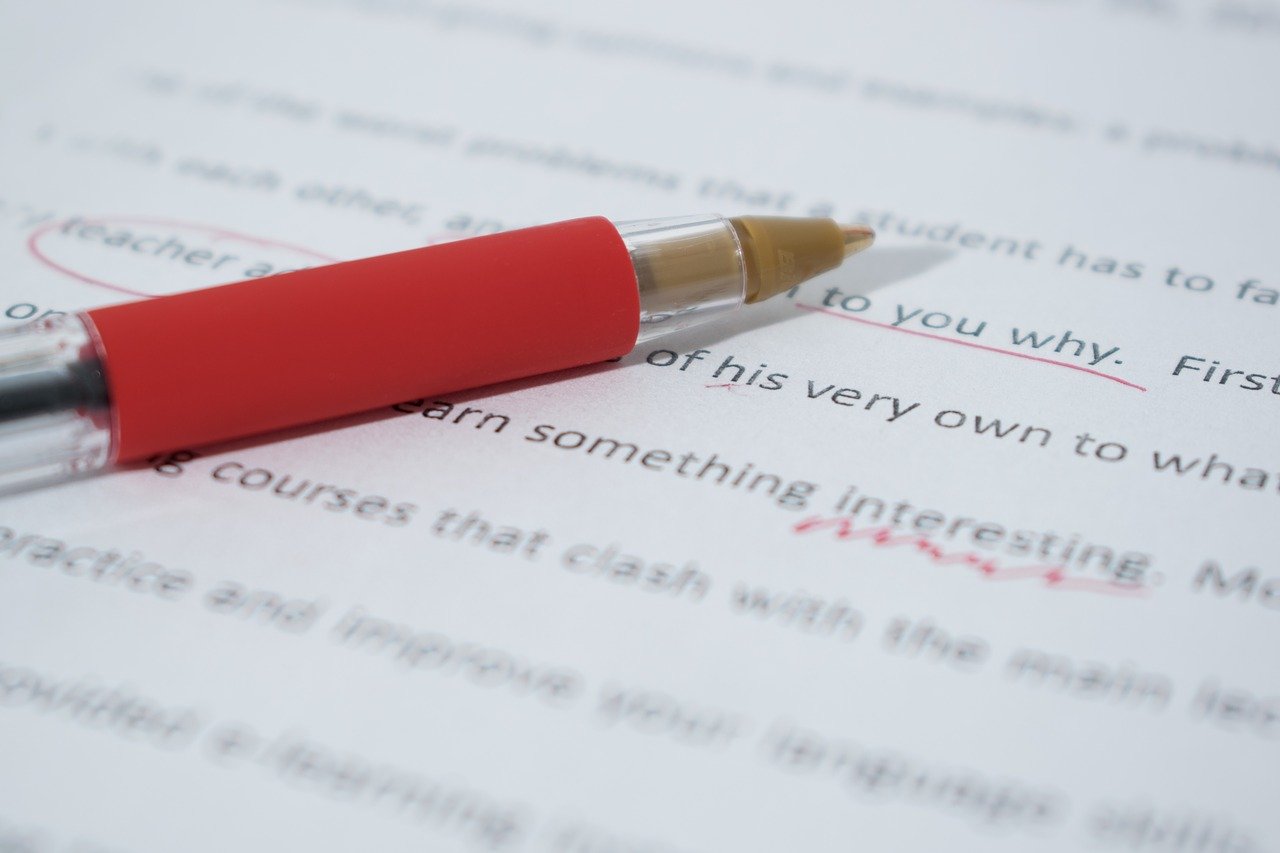
Whether you’re a freelance copywriter tearing through contract gigs at home, a journalist working out of a newsroom with an increasingly shrinking editorial staff, or somewhere in between, it should go without saying that self-editing is an important part of your writing process.
But I still have to say it because it’s so easy to forget how necessary self-editing is.
It’s also the most difficult part of the writing process for many people. Personally, it’s my least favorite task – my adult ADD can’t handle reviewing the same content multiple times. Still, I know it’s important.
Here are my secrets. Check out a few things I do to make self-editing a less tedious chore.
Edit as You Write
I read through my intro to this piece more times than I would have liked (and I should probably read through it again), but proofreading content as you write it is one of the easiest ways to ensure tight, well-written copy.
Not many people will want to do this from the start. Admittedly, it’s easy to get stuck in the mires and never move on. But I tend to edit my work section by section, finishing one before moving on to the next. You still need to proofread the entire piece once it is completed, but it makes for less work than if you never looked at it until that moment.
Outlines Keep You on Track
Before I begin writing any piece, I start taking notes and outline each blog post or article.
This keeps my work on track and makes life easier later. If I don’t know what to write about or if I get stuck, I can easily move on to the next section.
When self-editing, if I focus on each section, rather than the piece as a whole, I can determine if my writing has met the goal of that specific section. When each section meets the needs that I wrote in the outline, then the article as a whole will start to come together.
Read Aloud to Yourself
Hands down the easiest way to determine if something you’ve written is garbage is to read it aloud to yourself. (I just read this to myself and moved a few words around.)
If you stumble over something as you read it out loud, assume your reader will have the same problem.
This has always been the best, fastest, and easiest way to find mistakes. If it sounds awful when you read it to yourself, then it’s not well-written or useful copy.
Ask Someone Else to Look It Over
Whenever possible, have another pair of eyes look over your work. Because you’re so close to what you’ve written, it’s going to be hard for you to find typos and other problems.
Again, I say whenever possible. I know it’s hard to find people available to give your work a proofread, whether in-depth or cursory, exactly when you need it. But if you can, ask a friend or colleague or loved one to give your content a quick once over, especially if that’s the final stop before publishing something.
My girlfriend loves looking over my work and finding mistakes. (In fact, she just read through all of this.)
No matter what you’re writing, it’s hard to catch your own mistakes.
Never Fully Trust Spellcheck
Notice that I didn’t say not to use spellcheck. I use spellcheck (and Grammarly) all the time and so should you. I just disregard most of the changes it tells me to make.
Before using it, you need to be knowledgeable about grammar. Sometimes you might have specific style guides to follow. So, you need to know which suggestions to ignore.
At the same time, spellcheck has highlighted some massive mistakes, including spelling and grammar errors. Modern technology means these tools are constantly learning and improving. (Somehow it knew I spelled Instagram wrong earlier today. I didn’t know it even knew what Instagram was.)
There are other useful websites out there as well, including Grammarly and Hemingway Editor, that help with self-editing and readability. Again, some cautionary advice: you might not agree with all of their suggestions for your particular project.
If your publication has a style guide, make sure it’s available in advance. If there is no style guide, create an informal one for yourself including any specific spellings or irregular grammatical rules your publication uses.
Create a Self-Editing Checklist for Yourself
Before you write anything, create a self-editing checklist. Depending on who is publishing your work, you might want to create a checklist for each outlet as they might have different requirements.
Things to consider include:
- Your headline. Does it immediately create a sense of what you’re writing about and invite readers to learn more?
- Your introduction. Does it get straight to the point?
- Your subheads. Do you cover everything you need to? How is your formatting? Do you have enough visual breaks?
- Your conclusion. Do you wrap it all up succinctly?
If you create a checklist for the things you want to consider before hitting submit, you’ll end up with a better piece.
Preview Your Post
You’re probably already doing this, but make sure you give your article one final read before submitting it. If you’ve done a lot of work to it after the first draft, you might find an errant word or two.
Hopefully, these suggestions bring you through the self-editing process which can help you to create a more polished piece.
Tiffany Razzano is a journalist and copywriter living in the Tampa Bay area. For the past 8 years, she served as an editor at Tampa Bay Newspapers. She also writes regularly for La Gaceta, Watermark, The Free Press, and Creative Pinellas. She’s the founder/president/creative director of the literary arts nonprofit Wordier Than Thou, which supports Florida writers and readers through community events, publishing projects, and educational opportunities.

Recent Comments